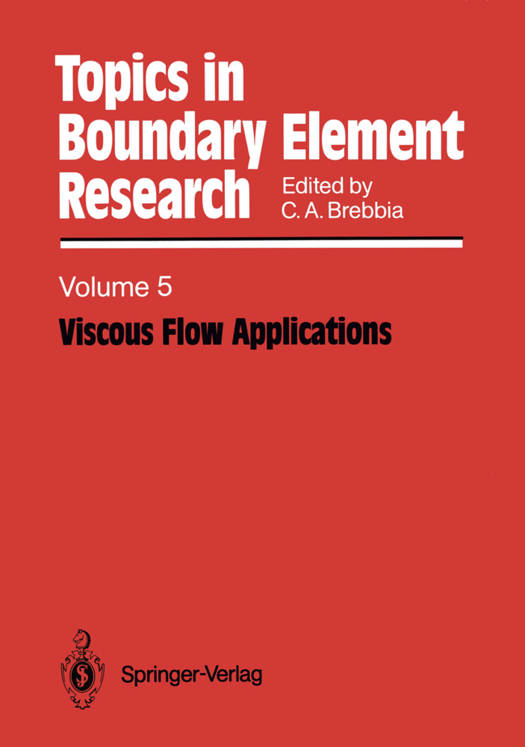
- Afhalen na 1 uur in een winkel met voorraad
- Gratis thuislevering in België vanaf € 30
- Ruim aanbod met 7 miljoen producten
- Afhalen na 1 uur in een winkel met voorraad
- Gratis thuislevering in België vanaf € 30
- Ruim aanbod met 7 miljoen producten
Viscous Flow Applications
€ 139,95
+ 279 punten
Omschrijving
The Boundary Element Method has now become a powerful tool of engineering analysis and is routinely applied for the solution of elastostatics and potential problems. More recently research has concentrated on solving a large variety of non-linear and time dependent applications and in particular the method has been developed for viscous fluid flow problems. This book presents the state of the art on the solution of viscous flow using boundary elements and discusses different current approaches which have been validated by numerical experiments. . Chapter 1 of the book presents a brief review of previous work on viscous flow simulation and in particular gives an up-to-date list of the most important BEM references in the field. Chapter 2 reviews the governing equations for general viscous flow, including compressibility. The authors present a compre- hensive treatment of the different cases and their formulation in terms of boundary integral equations. This work has been the result of collaboration between Computational Mechanics Institute of Southampton and Massa- chusetts Institute of Technology researchers. Chapter 3 describes the gen- eralized formulation for unsteady viscous flow problems developed over many years at Georgia Institute of Technology. This formulation has been extensively applied to solve aer09ynamic problems.
Specificaties
Betrokkenen
- Uitgeverij:
Inhoud
- Aantal bladzijden:
- 183
- Taal:
- Engels
- Reeks:
- Reeksnummer:
- nr. 5
Eigenschappen
- Productcode (EAN):
- 9783642836855
- Verschijningsdatum:
- 8/12/2011
- Uitvoering:
- Paperback
- Formaat:
- Trade paperback (VS)
- Afmetingen:
- 170 mm x 244 mm
- Gewicht:
- 331 g

Alleen bij Standaard Boekhandel
+ 279 punten op je klantenkaart van Standaard Boekhandel
Beoordelingen
We publiceren alleen reviews die voldoen aan de voorwaarden voor reviews. Bekijk onze voorwaarden voor reviews.









